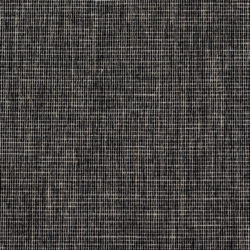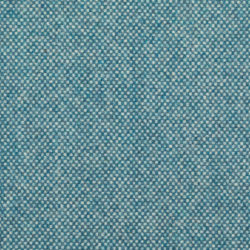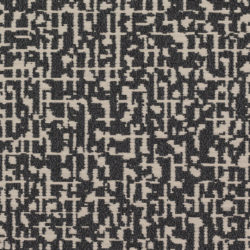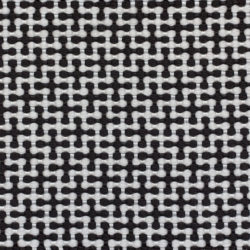ABOUT THE CASE STUDY HOUSES
During the mid-century, the LA based Arts & Architecture magazine sponsored a ground-breaking series called the Case Study House Program, which urged architects to design and build homes that would explore the advantages of modern residential living, while promoting the economical construction concepts of prefabrication and mass production. From 1945 to 1966, thirty-seven projects were proposed and twenty-five were constructed in the Los Angeles area.
Espousing values of technology, utility and producibility, emphasis was placed on “new materials and new techniques” in house construction, and required that “each house be capable of duplication and in no sense, be of individual performance.” Architects involved included Charles Eames, Richard Neutra, and Pierre Koenig.
For NeoCon 2019, Luna drew inspiration from this iconic series, and applied the theme to its latest collection of textiles, asking the question, “What is a modern texture?”
The brief prompted an exploration with different resource partners to realize 5 unique interpretations of what a vastly useable, commercial texture is today. The result is a collection that varies in material and aesthetic, yet is tied to a unified theme. With a nod to the iconic series that inspired the collection, each texture references a notable Case Study House.
Soft, refined chenille resting against a rigid frame, mark Luna’s BLUEPRINT. With a nod to the Stahl House, perhaps the most well-known of the case study homes, and an exemplar of modernist living in the Hollywood Hills, Blueprint is paired down to its essential elements for maximum utility and effect; it is elegant, orthogonal and timeless. Paralleling the Stahl House’s use of industrial and natural materials (steel, concrete, and glass—unconventional for residential construction of the time), Luna’s textile is comprised of a blend of performance and natural fibers, allowing for enduring strength, but with a residential hand. Blueprint boasts a 100k abrasion rating, is finish free, and is offered in 5 essential color-ways.
Named after a case study house by Craig Ellwood, whose numeric reference is that of its construction year (1953), ELLWOOD’s materials and construction embody classic mid-century style. Noteable of Ellwood’s house was the considered use of form, line, material, color and texture—all markers of good quality and timelessness. The same care has been taken in the development of it’s textile counterpart, the result being a widely usable and durable texture that will add warmth to any high traffic environment. Offered in 8 essential and trend colors.
Equal balance of foreground and background combine to create ENTENZA, a high performing “scaled-up” texture, with a graphic and organic composition. Entenza boasts 100K double rubs and is bleach cleanable, ensuring that this textile will stand the test of time. Named after the Arts & Architecture editor of the time, John Entenza was a pivotal figure in the growth of modernism in California. During his editorship, the magazine Arts & Architecture championed all that was new in the arts, with special emphasis on emerging modernist architecture in Southern California. Entenza’s most lasting contribution was his sponsorship of the Case Study Houses project.
Construction and pattern meet in Luna’s LOGGIA, to create a “floorplan” of interlocking shapes, surrounded by open space. Loggia is inspired by the Case Study House of the same name, which espoused a balance between open space and “living islands”, to create a fluid living pattern. Each module in the house, (such as the lounge, loggia, and kitchen) could remain isolated or, by retracting glass doors, become opened to each other and face the garden. Much like its muse, this textile’s application can be extended to the outdoors. Bolstered by an inherently anti-bacterial and bleach-cleanable composition, plus a 1500+ hrs. lightfastness rating, Loggia is suitable for a range of environments.
Inspired by Case Study House #23, whose site contained 3 houses designed in close relation to each other, TRIAD makes use of 3 different color yarns to construct this essential texture. Like it’s muse, this textile’s axial development makes possible a balanced composition—the siting of the 3 components, with the continuity of materials, provides a unity to the whole. Offered in a wide palette of 15 color ways and constructed from a highly abrasion resistant, FR Polyester, Triad is a widely useable textile for commercial interiors.





